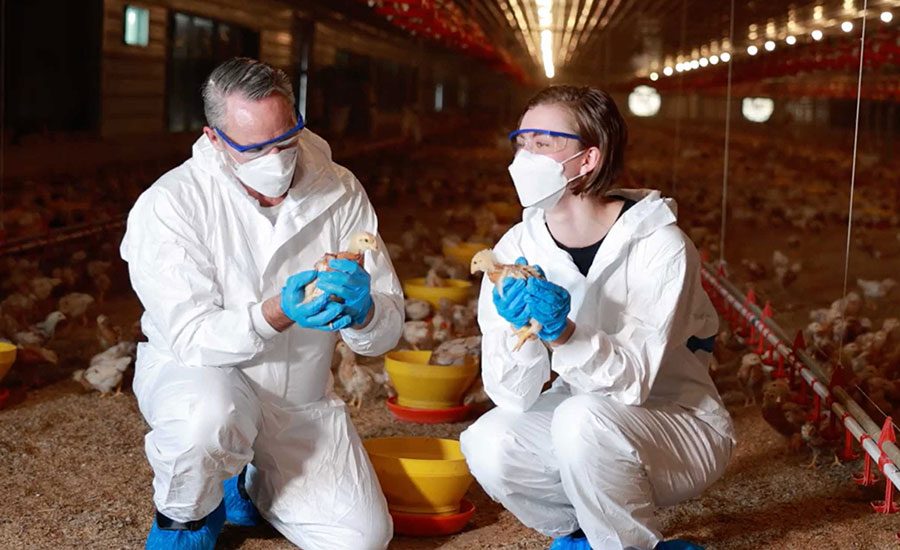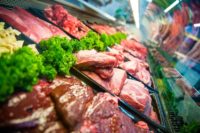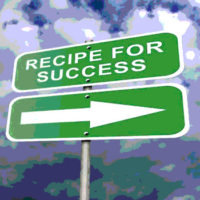A candy company voluntarily recalls its caramel confections because of a possible peanut allergen contamination. Days earlier, another company recalls sandwiches due to a potential Listeria monocytogenes contamination. A few days before that, an ice cream maker recalls several batches of a nondairy frozen dessert because they may have contained an undeclared milk allergen.
Food recalls happen regularly, as these examples illustrate. When recalls are issued, food and beverage companies face a multitude of challenges. One of the biggest challenges is business interruption resulting in business income loss, which can turn a manageable problem into a major financial situation.
Act Fast to Minimize Revenue, Customer Losses
When a food safety problem occurs—whether it be a finished food item or an ingredient that’s going to cause a problem for somebody else—a company needs to quickly understand what happened and get the product out of harm’s way. Companies may even need to reformulate a product. In addition to their own possible financial losses because of the recall, companies also may have customer losses to remedy.
This is the time to focus on the financial impact that food safety recalls can have on your company as well as identify what’s been well-documented and traced through the supply chain and what hasn’t. Traceability is crucial to fully understand the implications of a recall.
Employees who maintain the vendor, supply, and purchase records play a vital role, too, in assisting with this financial piece. A company must be able to identify and understand where things went wrong and make sure the problem is rectified by stepping up and making responsible decisions. Regulators, like the U.S. Food and Drug Administration and the U.S. Department of Agriculture are paying close attention to how affected companies handle food safety and respond to a food safety issue. Scrutiny has increased since the implementation of the Food Safety Modernization Act. If the problem behind the recall does not lie with the company itself, the traceability component will help it identify who is responsible and provide options for a recovery of financial damages.
Insurance for Food Recalls
Fortunately, special insurance policies exist to mitigate the economic damages resulting from a food recall. Product contamination insurance (PCI) policies allow policyholders to recover “first-party recall damages.” Companies also can buy coverage for damages suffered by customers. Many large customers will expect such risk management to be in place. In those instances, a company that causes or is part of a problem initiates a recall to protect the public from harm related to a food product. A recall incurs a lot of costs; a PCI policy can protect against these costs. When we see a large financial impact from a product recall, it’s usually driven by a significant loss of revenue. Once there’s a revenue generation problem, the damages can increase very quickly.
Within a broad industry that covers many distinct aspects of food—the supply chain, production, distribution, and retail—every recall event is different because there are so many variables. While no one can know what the event is going to be, there are common outcomes in respect to the resulting damages—most notably inventory loss, customer claims, and business interruption.
Ingredient claims have a tendency to be the most financially challenging. A contaminated ingredient could end up in several supply chain products, resulting in widespread contamination issues for many customers. A large volume of customer damages and claims can result. For example, in 2010, over 100 companies issued recall notices related to Salmonella-contaminated hydrolyzed vegetable protein (HVP) manufactured by Basic Food Flavors (Las Vegas, NV).[1]
Preparation Is Key to Lessen Impact of Recall Event
An event presents itself when people become ill from an undeclared allergen or a contamination problem is discovered when a product reaches the consumer space. Good preparation is paramount in any event because it speeds up the company’s ability to respond, enabling the company to deal with customers and get their revenue back on track. Another element of preparation is being ready to prove and document the damages caused by the food recall event.
If large customer claims are expected in the wake of a recall, companies should be ready to communicate properly with their customers and deal with claims appropriately, making sure they seek the right level of information about the claim being made. The public relations element is important to practice, rehearse and prepare, Oddy says. The publicity surrounding an event will be different if the contaminated food product reaches a supermarket shelf, compared to being identified somewhere else in the supply chain.
All the time, we see recalls which you might think will have the potential to result in a big financial impact, but they actually don’t. Why? Often because the people who deal with the response effort are well prepared and well-drilled, so they can turn what seems like a recall of great magnitude into a less significant financial issue.
But the opposite can happen. You see a small situation that leads to multiple recalls, or expanded recalls, and the inability to identify the impacted product leads to a major financial impact. The nature of the food type and its consumption can lead to high profile recalls, such as products that affect children and elderly people. When those demographic groups are impacted, it draws a lot of media attention, and the issue can become larger than originally thought.
Litigation and Recalls
Legal issues are bound to arise in food safety recalls. Consider an event where a company seeks commercial damages when another entity causes the problem. An aggressive litigation stance can quickly arise. This can often be the case where a company has provided its customer with ingredients, and those ingredients leave the customer with its own damages, spoiled inventory, damaged goods, and consequential losses. The producer company’s customers will demand damages.
Mitigation Expectations
What companies are doing now is making sure that whomever they’re dealing with has adequate risk mitigation and adequate insurance before they do business with them. Additionally, there are food illness situations that lead to major financial challenges across the whole market. Federal agencies are issuing national advisories on specific food products more frequently in recent years, and food and beverage sectors have to respond appropriately to these advisories.
For example, in recent years romaine lettuce has been linked to illnesses suffered by dozens of people, but the source of the bad lettuce was not immediately known. The public stayed away from the product until certainty was reestablished, but for a period of time everyone who sold lettuce suffered, whether they had contaminated product or not. Some of the related supply chains had a source of financial damages recovery, others did not.
If you are relying on someone else in the supply chain, for example a grower, and they cause a problem, you want to know that the financial impact you may face can be handled by that supplier. Big box stores have this type or requirement in their contracts with suppliers. Any damages caused in the supply chain will be passed back down the supply chain as companies seek to recover financial damages. Validating those damages can be a challenge.
Simon Oddy, Baker Tilly forensic accountant and global insurance and litigation services partner, specializes in food manufacturing and distribution claims. He can be reached at simon.oddy@bakertilly.com.
Reference
1. www.foodpoisonjournal.com/tags/hvp-recall/.









